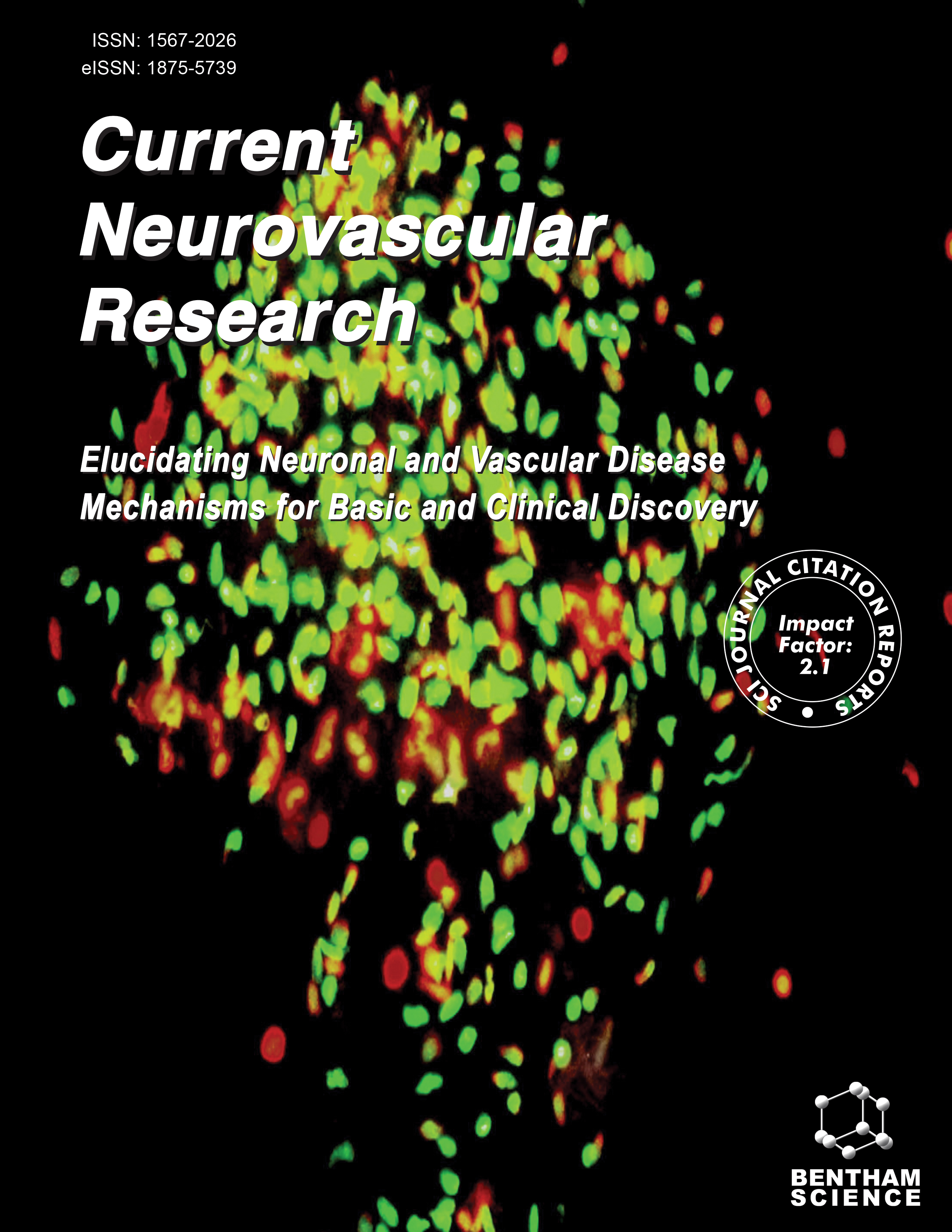
Full text loading...
We use cookies to track usage and preferences.I Understand
Aloe-emodin (AE), a monomer derived from traditional Chinese medicine, has demonstrated remarkable efficacy in the clinical management of cognitive disorders. Ferroptosis (FPT), a specialized form of programmed cell death, plays a critical role in the pathological progression of various cognitive diseases.
This study explored the therapeutic potential of AE in a rat model of Wilson's disease cognitive impairments (WDCI) and examined whether these effects are mediated through the silencing information regulator 1 (SIRT1)-regulated FPT signaling pathway. Employing techniques, such as the Morris water maze (MWM), Hematoxylin & eosin (H&E) staining, Transmission electron microscopy (TEM), Immunofluorescence (IF), assessments of oxidative stress markers, and measurements of FPT-related protein levels, we evaluated the extent of SIRT1-mediated FPT and the therapeutic efficacy of AE.
The findings from the WD copper-loaded rat model experiments revealed that MWM, H&E, TEM, and IF outcomes indicated AE's potential to promote the restoration of learning and memory functions, ameliorate hippocampal neuronal morphological damage, and preserve cell membrane integrity. Results from western blot (WB) and ELISA analyses demonstrated that AE markedly upregulated the expression of SIRT1, nuclear factor erythroid-2-related factor 2 (Nrf2), solute carrier family 7 member 11 (SCL7A11), and glutathione peroxidase 4 (GPX4) proteins while simultaneously reversing the expression of oxidative stress markers such as malondialdehyde (MDA), glutathione (GSH), and superoxide dismutase (SOD), and reactive oxygen species (ROS). Consequently, we posit that AE may attenuate WD copper-loaded rat model hippocampal neuronal FPT by activating the SIRT1-mediated signaling pathway.
These findings suggested that AE mitigates WD copper-loaded rat model hippocampal neuronal damage through the activation of SIRT1-mediated FPT, thereby presenting a valuable candidate Chinese herbal monomer for the clinical treatment of WDCI.

Article metrics loading...

Full text loading...
References


Data & Media loading...

